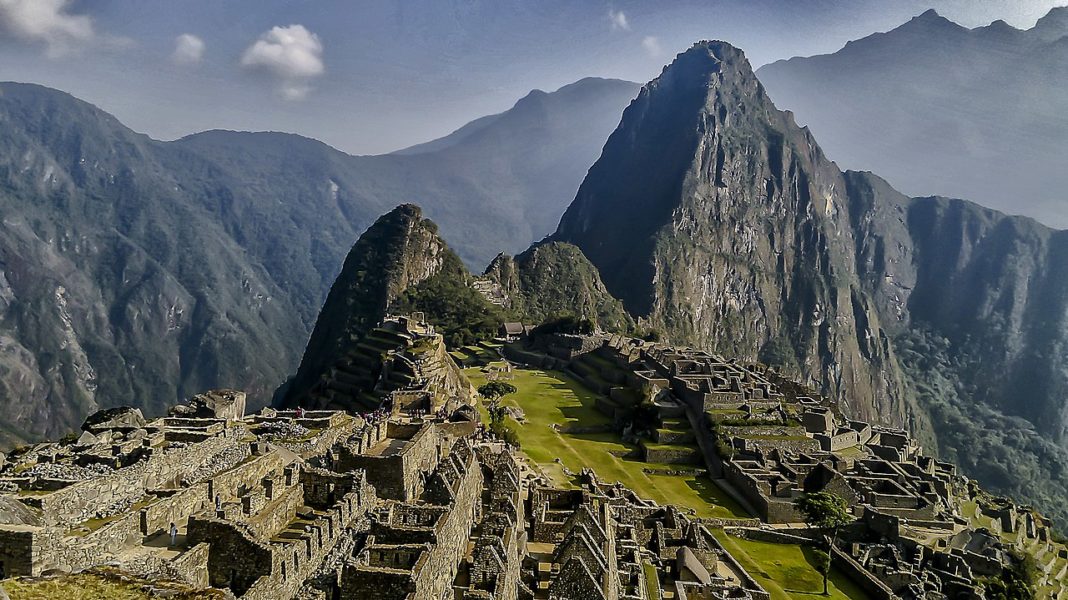Machu Picchu is a 15th-century Inca citadel located in the Eastern Cordillera of southern Peru on a 2,430-meter mountain ridge. Often referred to as the “Lost City of the Incas”, it is the most familiar icon of the Inca Empire.
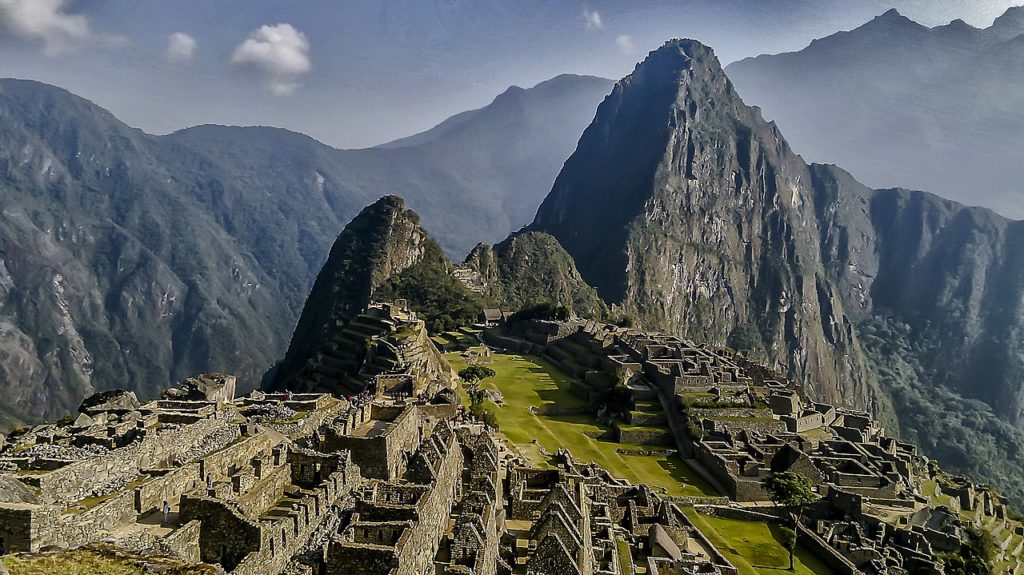
This citadel in the clouds was abandoned but Spanish invaders never found Machu Picchu. It was left to nature before explorer Hiram Bingham caught wind of it on an expedition in 1911 and decided to investigate. A hidden city protected by the mountains, and still wonderfully inaccessible other than by foot or train, Machu Picchu is now a New Seven Wonders of the World.
The site is roughly divided into an urban sector and an agricultural sector, and into an upper town and a lower town. The temples are in the upper town, the warehouses in the lower. The architecture is adapted to the mountains. Approximately 200 buildings are arranged on wide parallel terraces around an east–west central square.
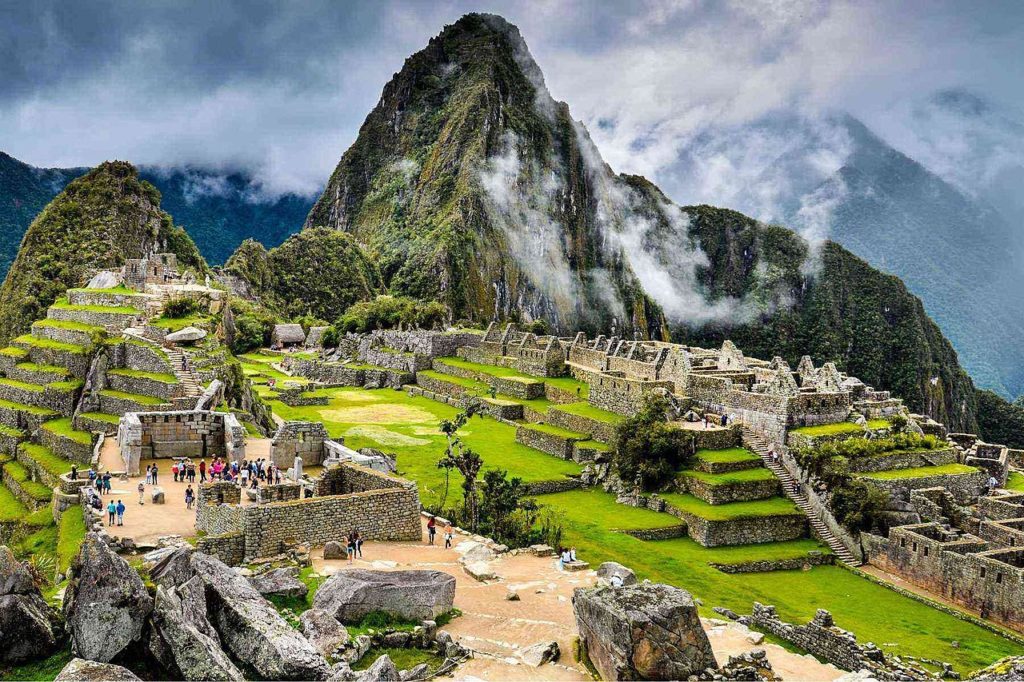
The various compounds, called kanchas, are long and narrow in order to exploit the terrain. Sophisticated channeling systems provided irrigation for the fields. Stone stairways set in the walls allowed access to the different levels across the site. The eastern section of the city was probably residential. The western, separated by the square, was for religious and ceremonial purposes. This section contains the Torreón, the massive tower which may have been used as an observatory.
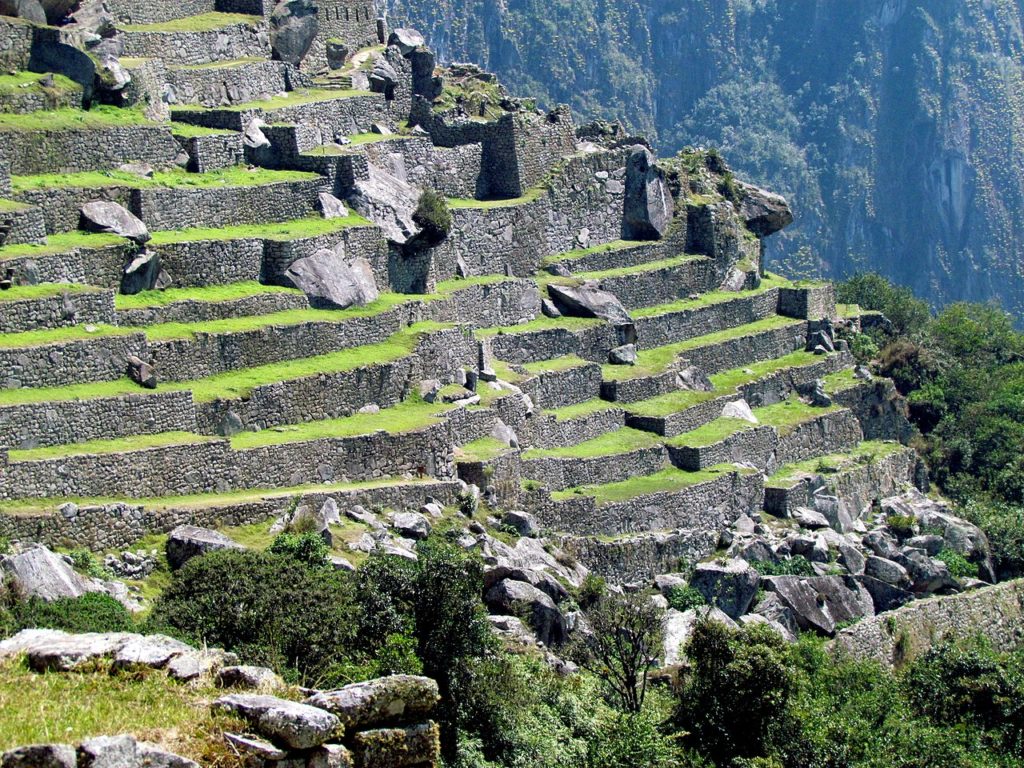
In addition to exploring the ruins and learning about the historical stories of the Incas, the view of the city in the clouds is also a special attraction. It’s almost impossible to take a bad picture of Machu Picchu here. If there happens to be fog or rain when you arrive, just wait awhile, because this is common early in the day and it usually clears up later in the morning.
This is South America’s number one trek and one of the most popular treks in the world. The Classic Inca Trail is considered the most popular trekking route to Machu Picchu, but there are many other trekking options in the surrounding Sacred Valley and Cusco Andes that can whisk you to the ancient Inca archeological wonder.
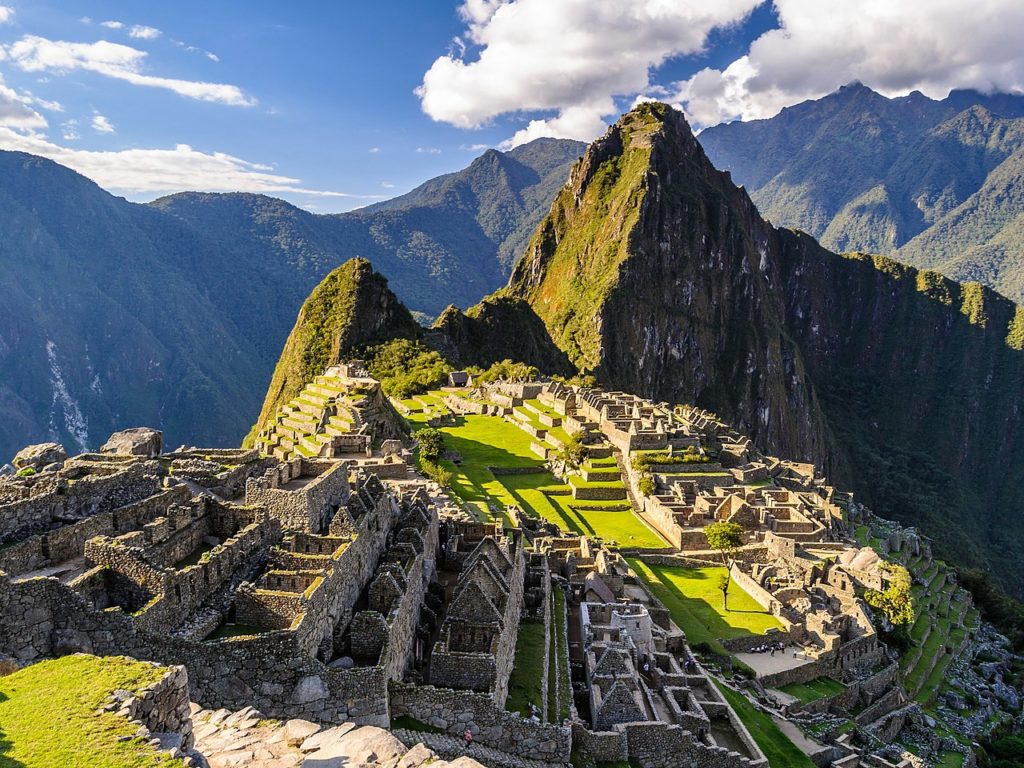
Machu Picchu was declared a Peruvian Historic Sanctuary in 1981 and a UNESCO World Heritage Site in 1983. It is the ancient beauty that hides many secrets that have not yet been explained by Machu Picchu that has attracted many tourists who love to explore and also scientists who come here to find out. This relic is also classified in the new seven wonders of the world, a suitable place for those who are passionate about culture and archeology.





